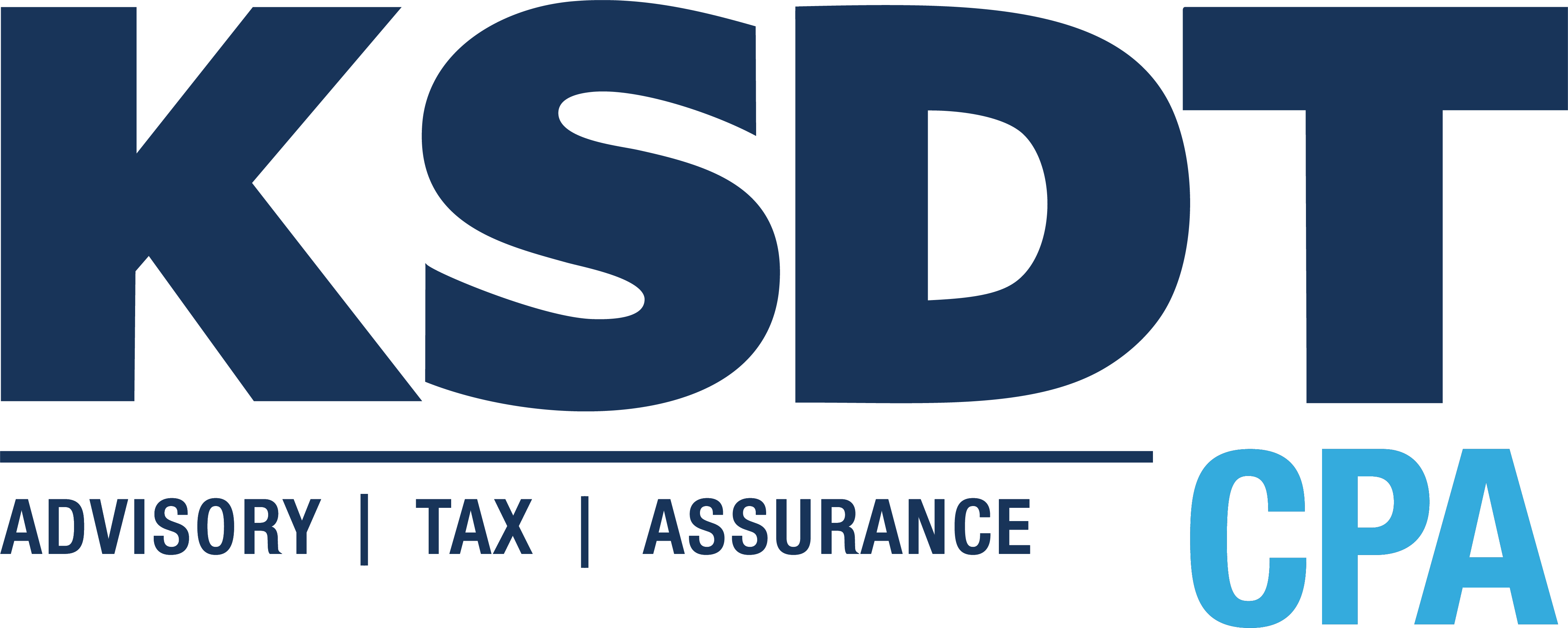And this new law works in some unusual ways that can tax you even when you have no real income for the year. When you know how this ugly new rule works, you have some planning opportunities to dodge the problem.
Over the years, lawmakers have implemented rules that limit your ability to use your business or rental losses against other income sources. The big three are:
- The “at risk” limitation, which limits your losses to amounts that you have at risk in the activity
- The partnership and S corporation basis limitations, which limit your losses to the extent of your basis in your partnership interest or S corporation stock
- The passive loss limitation, which limits your passive losses to the extent of your passive income unless an exception applies
The TCJA tax reform added Section 461(l) to the tax code, and it applies to individuals (not corporations) for tax years 2018 through 2025
The big picture under this new provision: You can’t use the portion of your business losses deemed by the new
law to be an “excess business loss” in the current year. Instead, you’ll treat the excess business loss as if it were a net operating loss (NOL) carryover to the next taxable year.
To determine your excess business loss, follow these three steps:
- Add the net income or loss from all your trade or business activities.
- If step 1 is an overall loss, then compare it to the maximum allowed loss amount: $250,000 (or $500,000 on a joint return).
- The amount by which your overall loss exceeds the maximum allowed loss amount is your new tax law–defined “excess business loss.”
Example
Paul invested $850,000 in a start-up business in 2018, and the business passed through a $750,000 loss to Paul. He has sufficient basis to use the entire loss, and it is not a passive activity. Paul’s wife had 2018 wages of $50,000, and they had other 2018 non-business income of $600,000.
Under prior law, Paul’s loss would offset all other income on the tax return and they’d owe no federal income tax. Under the TCJA tax reform that applies to years 2018 through 2025 (assuming the wages are trade or business income):
- Their overall business loss is $700,000 ($750,000 – $50,000).
- The excess business loss is $200,000 ($700,000 overall loss less $500,000).
- $150,000 of income ($600,000 + $50,000 – $500,000) flows through the rest of their tax return.
- They’ll have a $200,000 NOL to carry forward to 2019.
To avoid this ugly rule, you’ll need to keep your overall business loss to no more than $250,000 (or $500,000 joint). Your two big-picture strategies to make this happen are
- accelerating business income, and
- delaying business deductions.
Answers to Common Section 199A Questions
For most small businesses and the self-employed, the 20 percent tax deduction from new tax code Section 199A is the most valuable deduction to come out of the Tax Cuts and Jobs Act.
The Section 199A tax deduction is complicated, and many questions remain unanswered even after the IRS issued its proposed regulations on the provision. And to further complicate matters, there’s also a lot of misinformation out there about Section 199A.
Six common questions about this new 199A tax deduction.
Question 1. Are real estate agents and brokers in an out-of-favor specified service trade or business for purposes of Section 199A?
Answer 1. No.
Question 2. Do my S corporation shareholder wages count as wages paid by the S corporation for purposes of the 50 percent Section 199A wage limitation?
Answer 2. Yes.
Question 3. Will my allowable SEP/SIMPLE/401(k) contribution as a Schedule C taxpayer be based only on Schedule C net earnings, or do I first subtract the Section 199A deduction?
Answer 3. You’ll continue to use Schedule C net earnings with no adjustment for Section 199A.
Question 4. Is my qualified business income for the Section 199A deduction reduced by either bonus depreciation or Section 179 expensing?
Answer 4. Yes, to both.
Question 5. I took out a loan to buy S corporation stock. The interest is deductible on my Schedule E. Does the interest reduce my Section 199A qualified business income?
Answer 5. Yes, in most circumstances.
Question 6. The out-of-favor specified service trade or business does not qualify for the Section 199A deduction, correct?
Answer 6. Incorrect.
Looking at your taxable income is the first step to see whether you qualify for the Section 199A tax deduction. If your taxable income on IRS Form 1040 is $157,500 or less (single) or $315,000 or less (married, filing jointly) and you have a pass-through business such as a proprietorship, partnership, or S corporation, you qualify for the Section 199A deduction.
With taxable income equal to or below the thresholds above, your type of pass-through business makes no difference. Retail store owners and medical doctors with income equal to or below the thresholds qualify in the same exact manner.
Avoid the 1099 Prepaid-Rent Mismatch
Two questions:
- Did you prepay your 2019 rent so that you have a big 2018 tax deduction?
- How do you identify in your accounting records the monies you put on your IRS Form 1099-MISC for the business rent payments to your landlord?
For the 1099-MISC, do you simply look at your checkbook or payment ledgers to identify the amounts you are going to report? If so, you will create an incorrect 1099 for your landlord that’s going to cause your landlord a tax problem.
One golden rule when it comes to your landlord is “do not cause your landlord tax trouble.”
Let’s say you wrote a $55,000 check to your landlord on December 31 and mailed it that day. Your landlord received the check on January 3. Here’s how your Form 1099-MISC can create a tax problem for your landlord:
- Your Form 1099-MISC to the landlord shows rent paid of $105,000 ($50,000 paid during the year and then the $55,000 prepayment on December 31).
- The landlord’s 2018 federal income tax return shows $50,000 in rent received (he received the $55,000 in 2019).
- IRS computers note the difference and start an inquiry.
An incorrect 1099 that overstates the landlord’s income is a problem that can lead to a tax audit.
IRS Reg. Section 1.6041-1(f) says:
The amount to be reported as paid to a payee is the amount includible in the gross income of the payee . . .
Note. As you will see below, this amount does not necessarily equal the tax deduction claimed by the payor.
Reg. Section 1.6041-1(h) says:
For purposes of a return of information, an amount is deemed to have been paid when it is credited or set apart to a person without any substantial limitation or restriction as to the time or manner of payment or condition upon which payment is to be made, and is made available to him so that it may be drawn at any time, and its receipt brought within his own control and disposition.
The 1099-MISC is a “return of information.”
The landlord did not have control of the money until he or she had possession of the check in 2019.
In Cheryl Mayfield Therapy Center, the court stated:
A “payment” is made for purposes of section 6041 information returns when an amount is made available to a person “so that it may be drawn at any time, and its receipt brought within his own control and disposition.”
Surprisingly, the 1099 could contain a taxable amount to the payee that is different from the deduction amount of the payor.
For example, in this case, the correct 1099-MISC amount is $50,000. That’s the amount you should put on the 1099-MISC you send to the landlord for 2018 even though you are going to deduct $105,000 as a cash-basis taxpayer.
Avoiding the Kiddie Tax after Tax Reform
If your family has trouble with the kiddie tax, you face some new wrinkles for tax years 2018 through 2025 thanks to the Tax Cuts and Jobs Act (TCJA) tax reform. This is one of the many areas where tax planning can pay off.
For 2018–2025, the TCJA tax reform changes the kiddie tax rules to tax a portion of an affected child’s or young adult’s unearned income at the federal income tax rates paid by trusts and estates. Trust tax rates can be as high as 37 percent or, for long-term capital gains and qualified dividends, as high as 20 percent.
Unearned income means income other than wages, salaries, professional fees, and other amounts received as compensation for personal services. So, among other things, unearned income includes capital gains, dividends, and interest. Earned income from a job or self-employment is never subject to the kiddie tax.
Your dependent child or young adult faces no kiddie tax problems if he or she does not have unearned income in excess of the kiddie tax unearned income threshold ($2,100 for 2018 and $2,200 for 2019). And when your dependent child exceeds the threshold by only a minor amount, the kiddie tax hit is minimal and nothing to get too upset about.
But if your child is getting hit hard by the kiddie tax, your tax planning should consider
- employing your child so that he or she has earned income sufficient to eliminate the kiddie tax, or
- changing the investment mix from income generation to capital growth.
Tax Reform’s New Qualified Opportunity Funds
Qualified opportunity funds are a new tax-planning strategy created by the Tax Cuts and Jobs Act tax reform.
The new funds have the ability to defer current-year capital gains, eliminate some of them later, and then on the new investment make capital gains tax-free. To put the benefits in place, you need to navigate some new rules and time frames.
Example: On December 1, 2018, you sell $8 million of stock with a cost basis of $3 million for a long-term capital gain of $5 million.
- Within 180 days, you invest the $5 million gain in a qualified opportunity fund.
- You make an election on your 2018 tax return to defer the $5 million in long-term capital gain income, meaning no taxes on this gain in 2018.
- On December 31, 2026, your qualified opportunity fund has a basis of $750,000 (15 percent of the deferred $5 million capital gain), since you held it for at least seven years.
- Let’s assume the fund has a fair market value of $7 million on December 31, 2026. You’ll have a deemed sale on December 31, 2026, and recognize $4.25 million in income, computed as follows:
- $5 million, which is the lesser of the deferred gain ($5 million) or the fair market value of the fund ($7 million), less
- $750,000, the basis in the fund.
- On January 1, 2027, your basis in the qualified opportunity fund is $5 million ($750,000 original basis plus $4.25 million of deferred gain recognized and taxed in 2026).
- If you sell the qualified opportunity zone fund in August 2028 for $10 million, then your basis in the fund is $10 million and you recognize no taxable gain on the sale, since you held it for more than 10 years.
Overall, you have a total of $10 million in gains from these transactions: $5 million from 2018 and $5 million in 2028. Using the qualified opportunity fund investment strategy, you
- temporarily defer $4.25 million of long-term capital gain from 2018 to 2026, and
- permanently exclude from tax $750,000 of long-term capital gain from 2018 and $5 million of gain in 2028.
For this strategy to make great financial sense, you need (a) appreciation in your qualified opportunity fund and (b) to hold the investment for at least 10 years so that the appreciation is tax-free to you when you sell your investment.
Contact Us
 One of the biggest challenges for small businesses is managing cash flow. There never seems to be enough cash to meet all of the obligations, so it makes sense to speed up cash flow when you can. Here are five tips you can use to get your cash faster or slow down the outflow. Read more
One of the biggest challenges for small businesses is managing cash flow. There never seems to be enough cash to meet all of the obligations, so it makes sense to speed up cash flow when you can. Here are five tips you can use to get your cash faster or slow down the outflow. Read more



